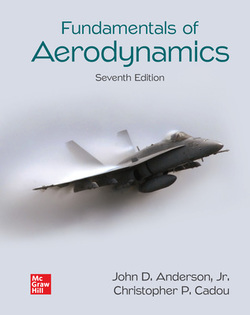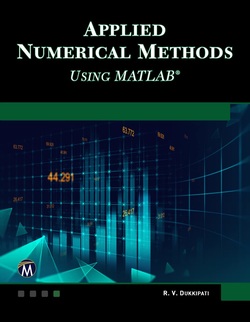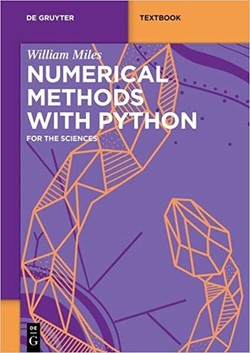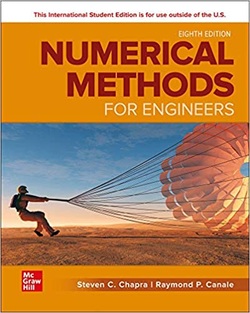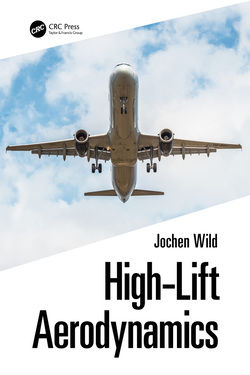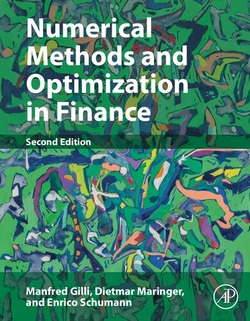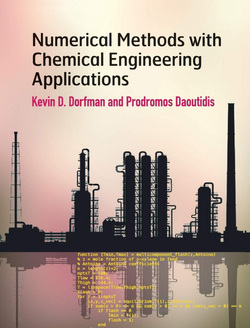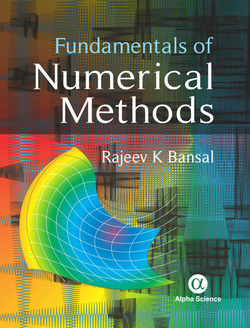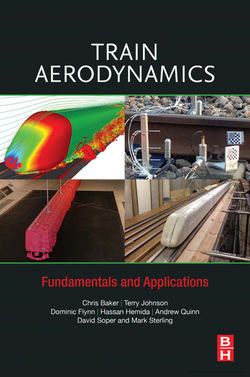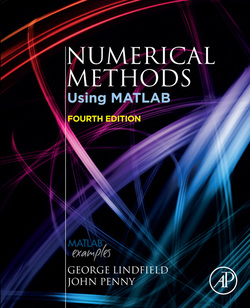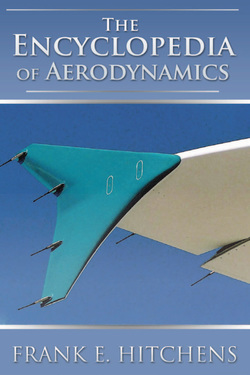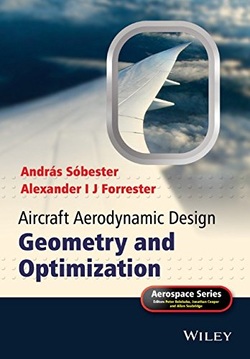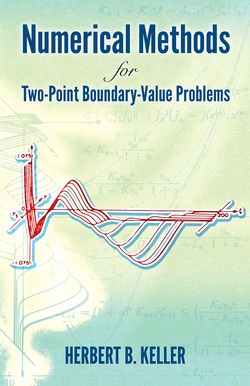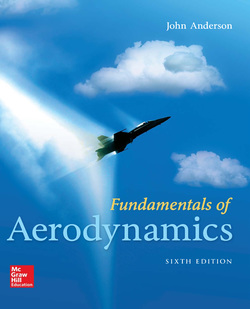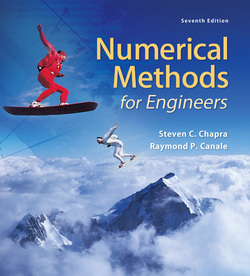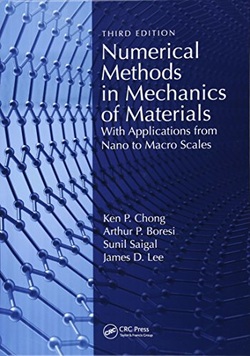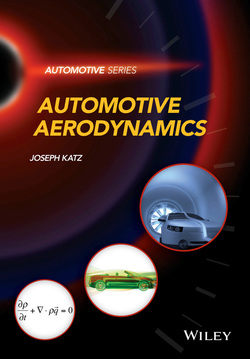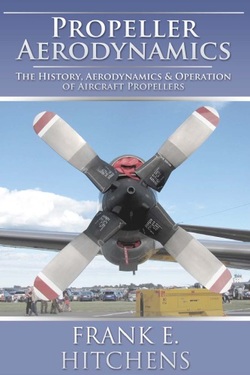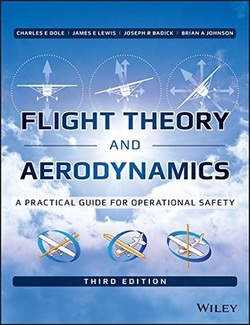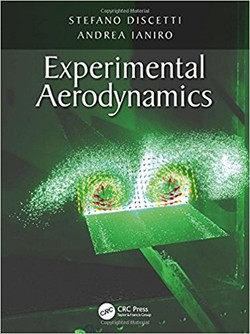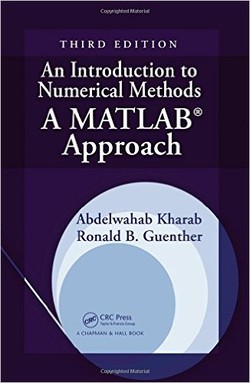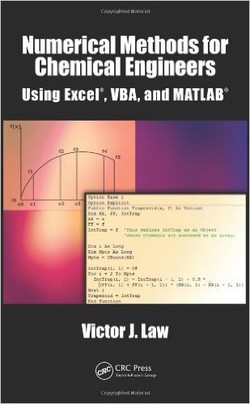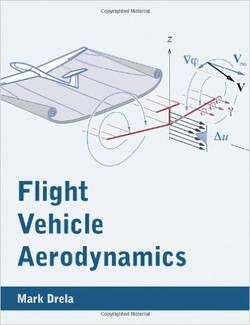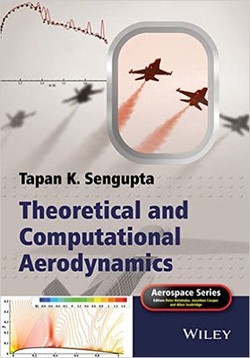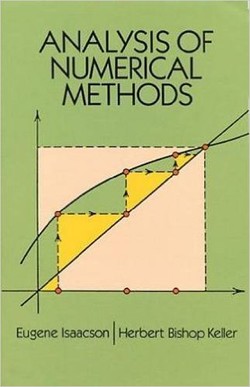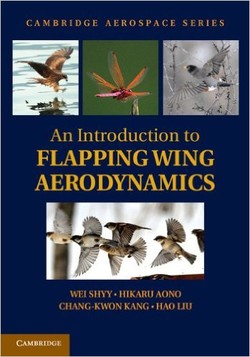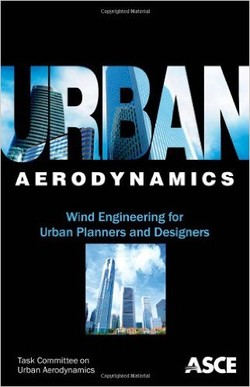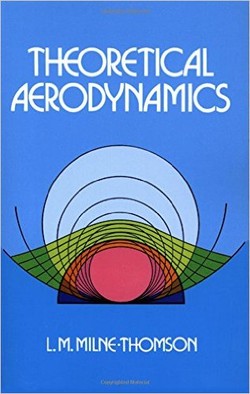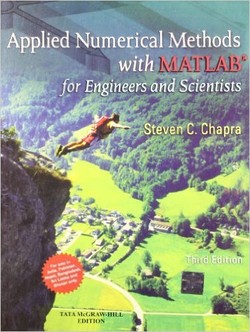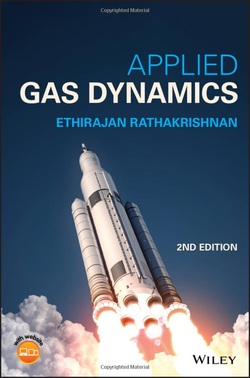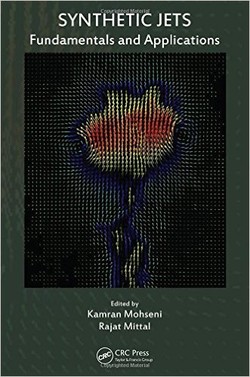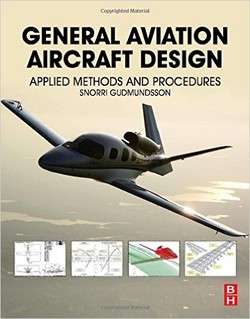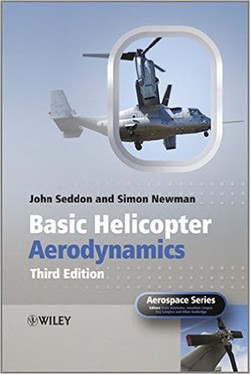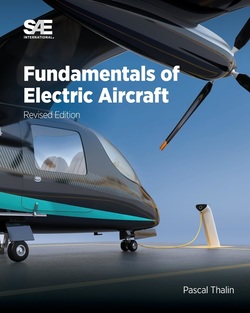آیرودینامیک نظری و کاربردی؛ و روشهای عددی مرتبط
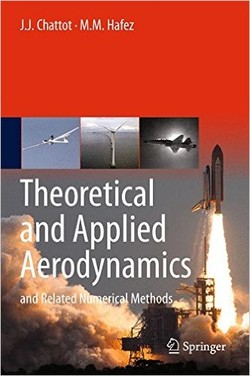
این کتاب آیرودینامیکهای کلاسیک و مدرن، نظریهها و روشهای عددی مرتبط برای دانشجویان ارشد و فارغالتحصیلان مهندسی را پوشش میدهد. ازجمله:
 نظریه پتانسیل کلاسیک (تراکمناپذیر) برای آیرودینامیک با سرعت کم از هوابرهای (ایرفویل) باریک و حرکت بالا و پایین بالها
نظریه پتانسیل کلاسیک (تراکمناپذیر) برای آیرودینامیک با سرعت کم از هوابرهای (ایرفویل) باریک و حرکت بالا و پایین بالها
 نظریه خطی برای تراکم آیرودینامیک مافوق صوت و مادون صوت
نظریه خطی برای تراکم آیرودینامیک مافوق صوت و مادون صوت
 نظریه لایه مرزی برای اعداد ماخ روشهای تعامل لزج مورد استفاده در محاسبات آیرودینامیک عملی. همچنین چهار فصل تحت پوشش موضوعات خاص ازجمله توربینهای بادی و ملخ، طراحی هواپیما، روند شباهتها و جریان مافوق صوت (چرخشی) وجود دارد.
نظریه لایه مرزی برای اعداد ماخ روشهای تعامل لزج مورد استفاده در محاسبات آیرودینامیک عملی. همچنین چهار فصل تحت پوشش موضوعات خاص ازجمله توربینهای بادی و ملخ، طراحی هواپیما، روند شباهتها و جریان مافوق صوت (چرخشی) وجود دارد.
یکی از ویژگیهای منحصربهفرد کتاب، ده خود-آزمون موجود به همراه راهحل آن، همچنین ضمیمه درمورد تکنیکهای ویژه از توابع متغیرهای پیچیده، روش مشخصهها و قوانین حفاظت و امواج شوک میباشد.
یکی از ویژگیهای منحصربهفرد کتاب، ده خود-آزمون موجود به همراه راهحل آن، همچنین ضمیمه درمورد تکنیکهای ویژه از توابع متغیرهای پیچیده، روش مشخصهها و قوانین حفاظت و امواج شوک میباشد.
سال انتشار: 2015 | 625 صفحه | حجم فایل: 15 مگابایت | زبان: انگلیسی
Theoretical and Applied Aerodynamics: and Related Numerical Methods
نویسنده
Jean-Jacques Chattot, Mohamed Hafez
ناشر
Springer
ISBN10:
9401798249
ISBN13:
9789401798242
قیمت: 16000 تومان
برچسبها: آیرودینامیک روش های عددی
This book covers classical and modern aerodynamics, theories and related numerical methods, for senior and first-year graduate engineering students, including:-The classical potential (incompressible) flow theories for low speed aerodynamics of thin airfoils and high and low aspect ratio wings.- The linearized theories for compressible subsonic and supersonic aerodynamics.- The nonlinear transonic small disturbance potential flow theory, including supercritical wing sections, the extended transonic area rule with lift effect, transonic lifting line and swept or oblique wings to minimize wave drag. Unsteady flow is also briefly discussed. Numerical simulations based on relaxation mixed-finite difference methods are presented and explained.- Boundary layer theory for all Mach number regimes and viscous/inviscid interaction procedures used in practical aerodynamics calculations.There are also four chapters covering special topics, including wind turbines and propellers, airplane design, flow analogies and hypersonic (rotational) flows.
A unique feature of the book is its ten self-tests and their solutions as well as an appendix on special techniques of functions of complex variables, method of characteristics and conservation laws and shock waves. The book is the culmination of two courses taught every year by the two authors for the last two decades to seniors and first-year graduate students of aerospace engineering at UC Davis.
